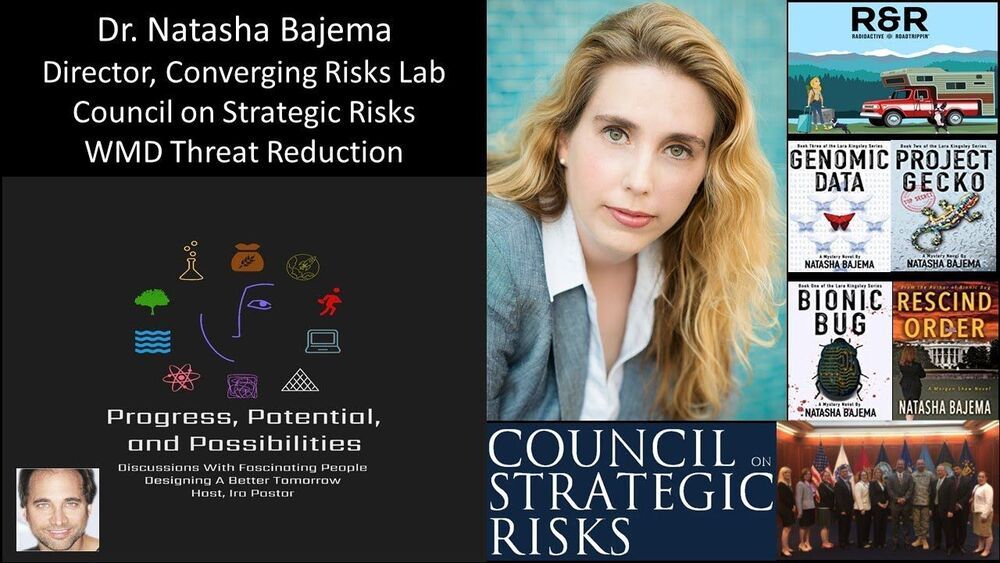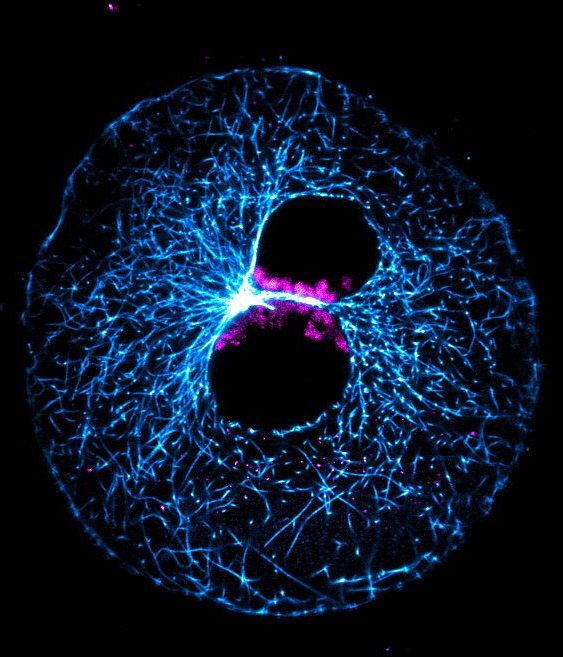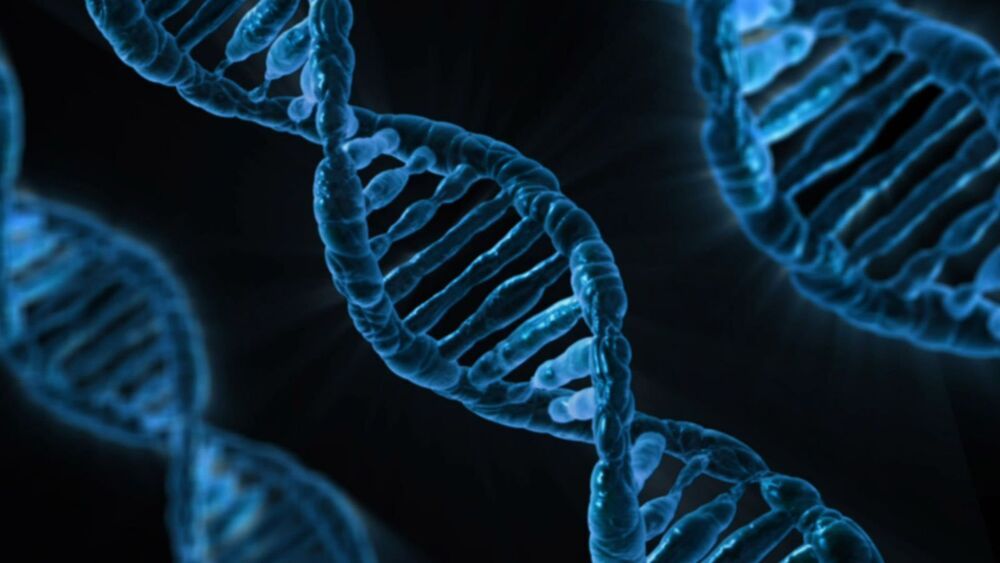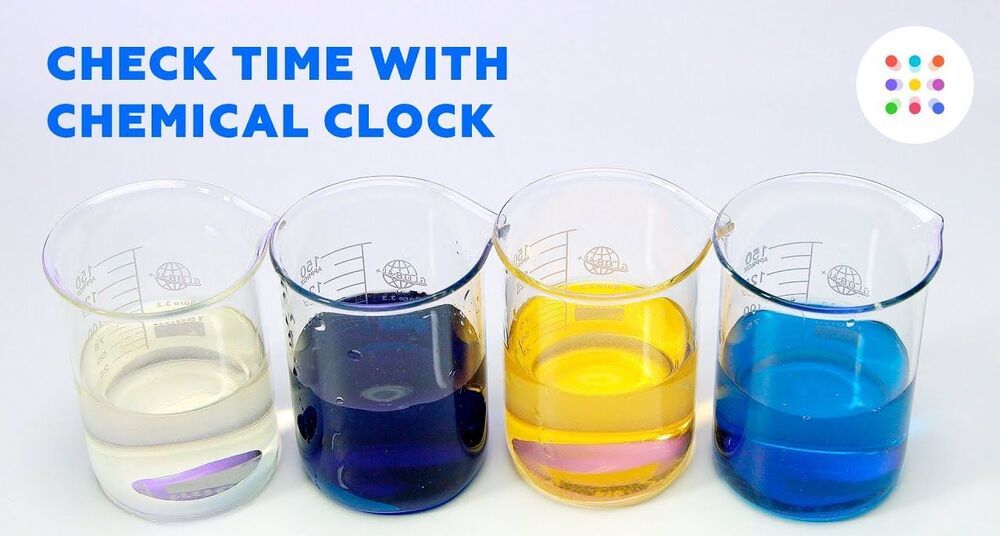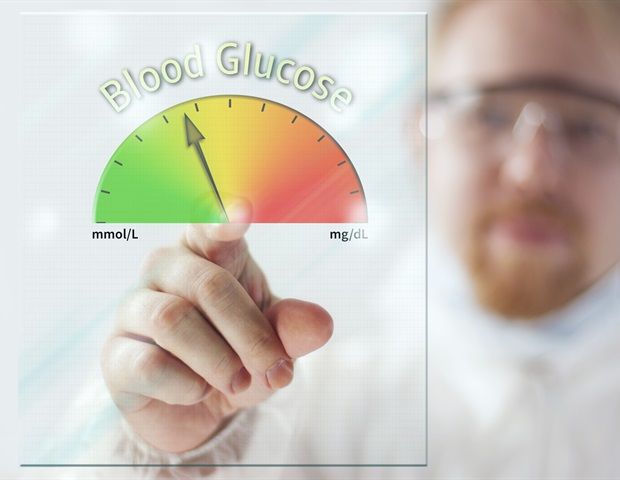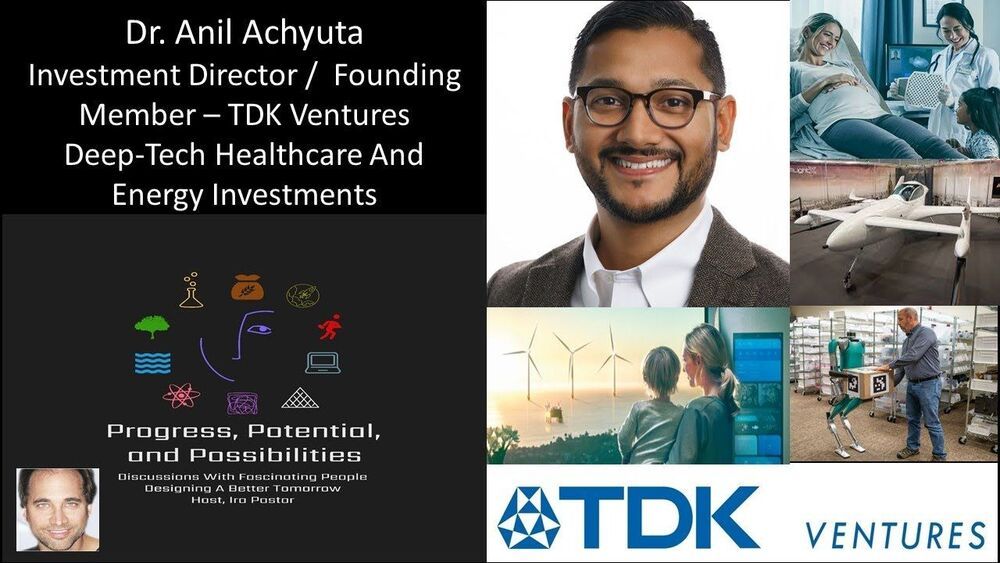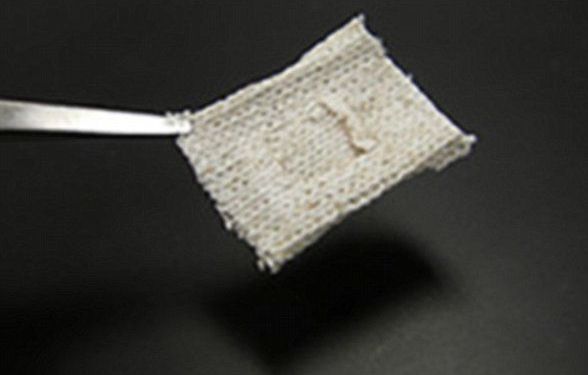May 14, 2021
Dr. Natasha Bajema — Dir., Converging Risks Lab, Council on Strategic Risks — WMD Threat Reduction
Posted by Ira S. Pastor in categories: biological, chemistry, cyborgs, policy, security, terrorism, transhumanism
Nuclear Nonproliferation, Cooperative Threat Reduction and WMD Terrorism — Dr. Natasha Bajema, Director, Converging Risks Lab, The Council on Strategic Risks.
Dr. Natasha Bajema, is a subject matter expert in nuclear nonproliferation, cooperative threat reduction and WMD terrorism, and currently serves as Director of the Converging Risks Lab, at The Council on Strategic Risks, a nonprofit, non-partisan security policy institute devoted to anticipating, analyzing and addressing core systemic risks to security in the 21st century, with special examination of the ways in which these risks intersect and exacerbate one another.
